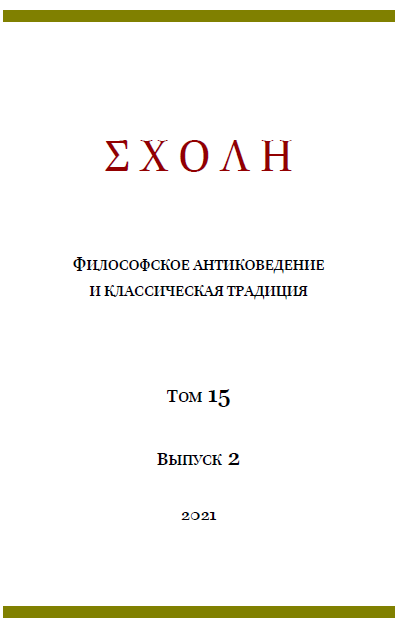ГРУППОВОЙ ПОРТРЕТ СОФИСТОВ
GROUP PORTRAIT OF THE SOPHISTS
Author(s): Nadezhda VolkovaSubject(s): Ancient World, Ancient Philosphy, Rhetoric
Published by: Новосибирский государственный университет
Keywords: Protagoras; Plato; Aristotle; Plutarch; Diogenes Laertius; sophists; sophistry;
Summary/Abstract: The article is devoted to a major change of meaning of the word "sophist" (σοφιστής) in the testimonies of ancient authors. Initially term “sophist” was applied to various groups of people – poets, rhapsodes, sages and legislators were called sophists, it was synonymous with the word "sage" (σοφός). But in the middle of the 5th century it was used to refer only to the teachers of virtue and rhetoric, which appeared in Greece and began to call themselves sophists following Protagoras. Most or all of the fifth-century sophists tend to require a fee, to travel from city to city, to educate young people, promising to teach virtue and rhetoric. The influence of Plato in determination and evaluation of the sophists played a decisive role. In his dialogues, Plato calls Protagoras, Gorgias, Hippias and others as sophists. Besides that, Plato gave the word σοφιστής all well-known negative connotations, among them a liar and a charlatan. Negative assessments of the activities of the sophists persisted until the middle of the 19th century, until the English historian of Antiquity George Grote began a long process of their rehabilitation.
Journal: ΣΧΟΛΗ. Философское антиковедение и классическая традиция
- Issue Year: XV/2021
- Issue No: 2
- Page Range: 1011-1032
- Page Count: 23
- Language: Russian

